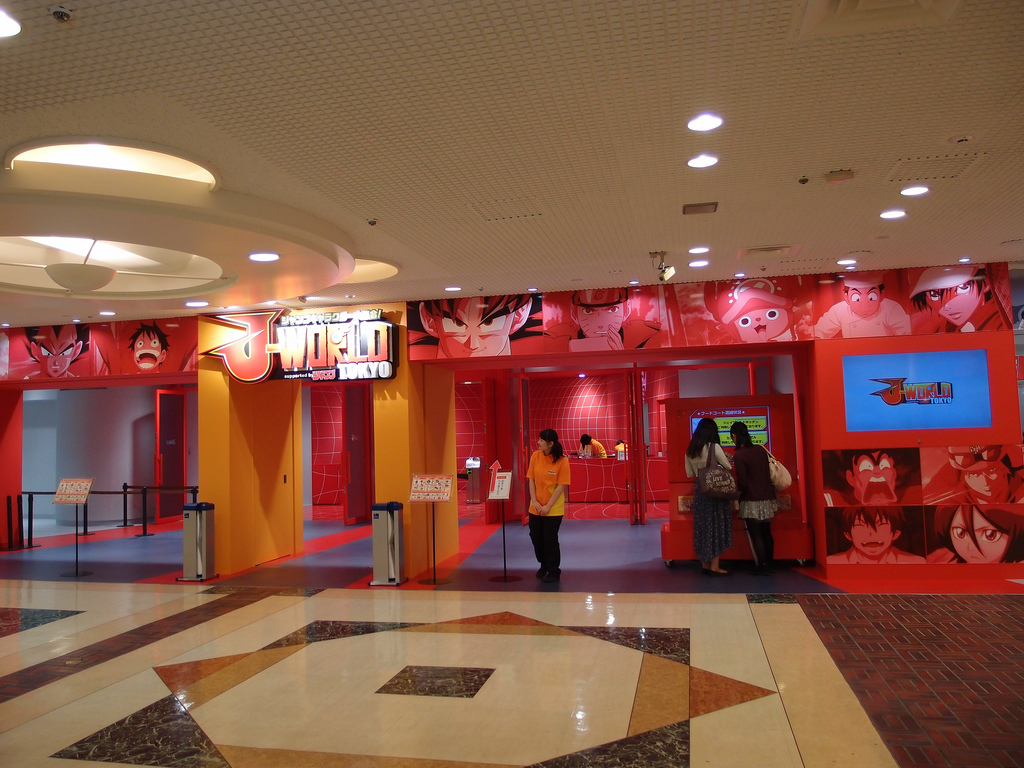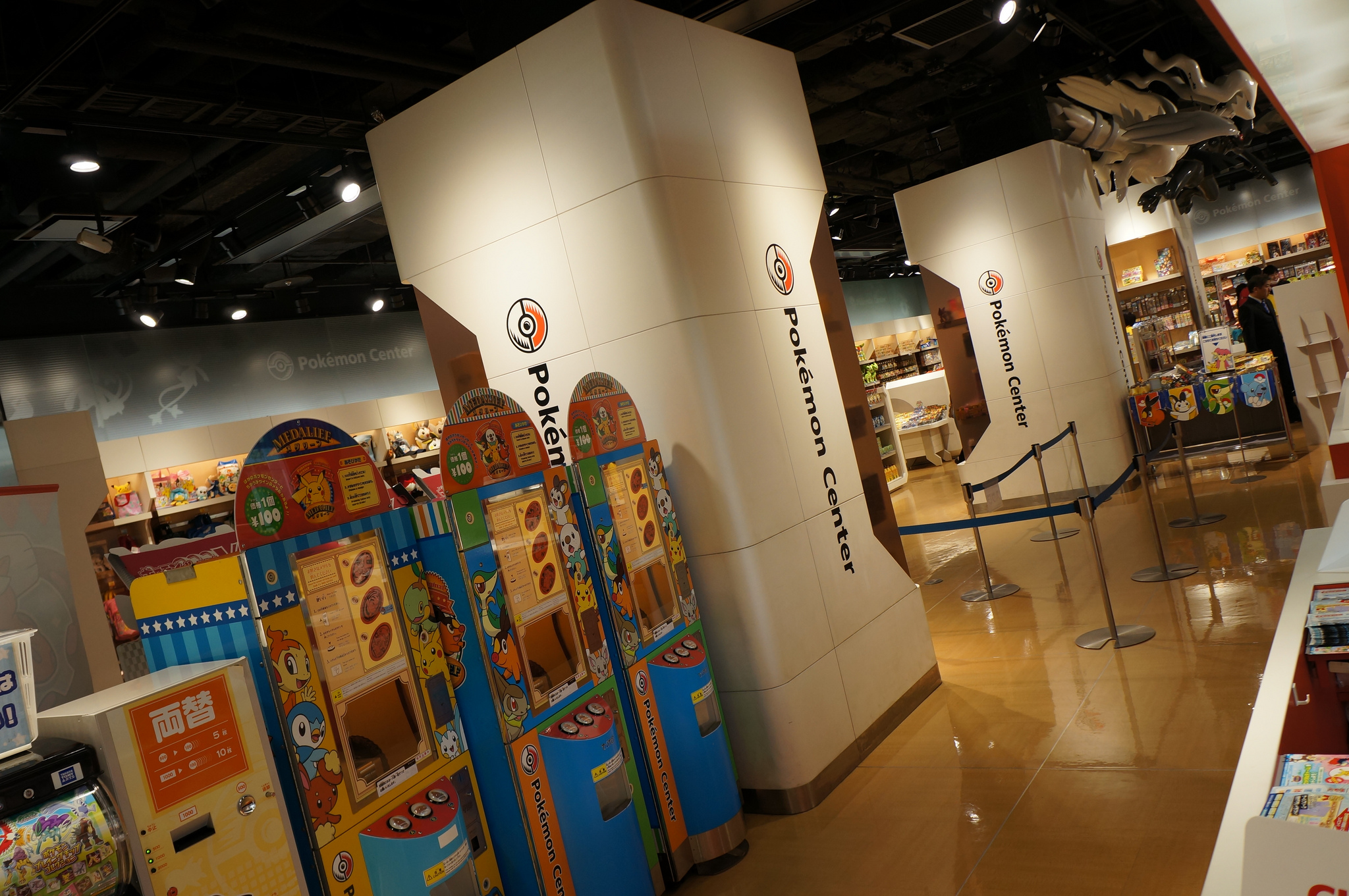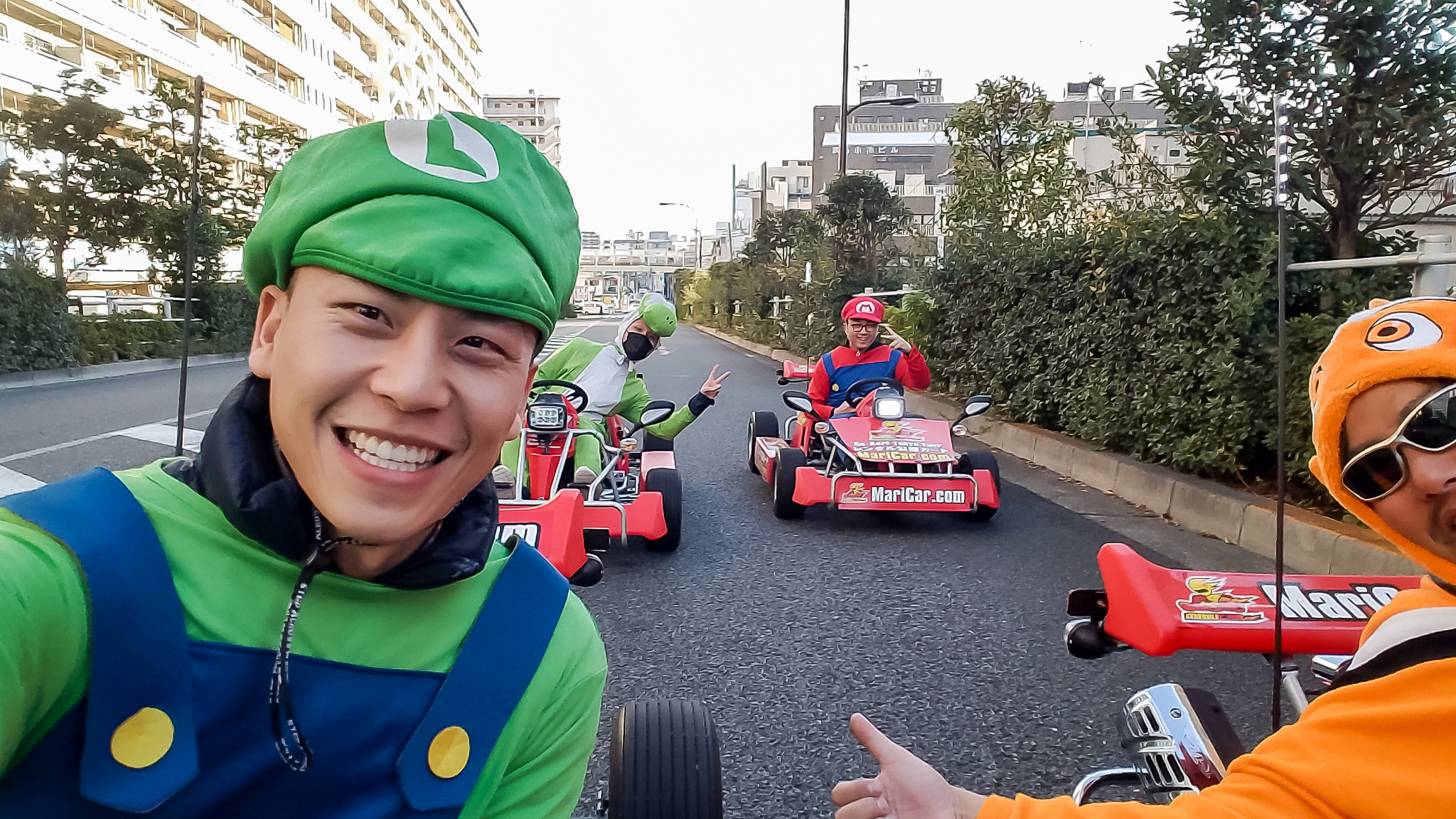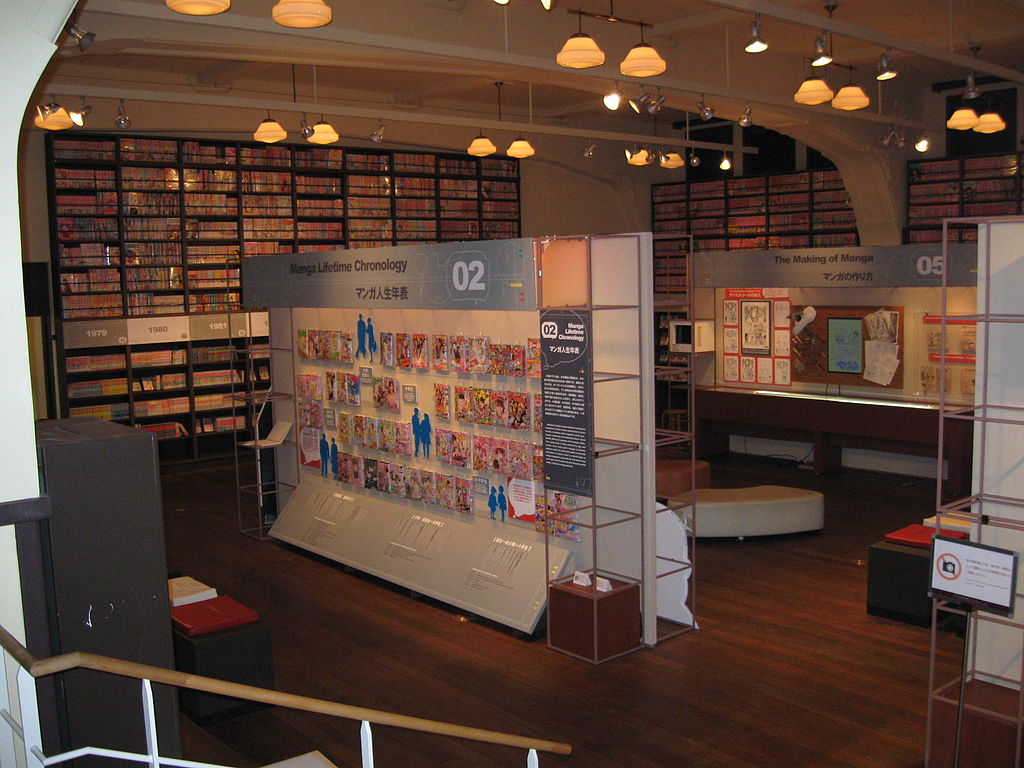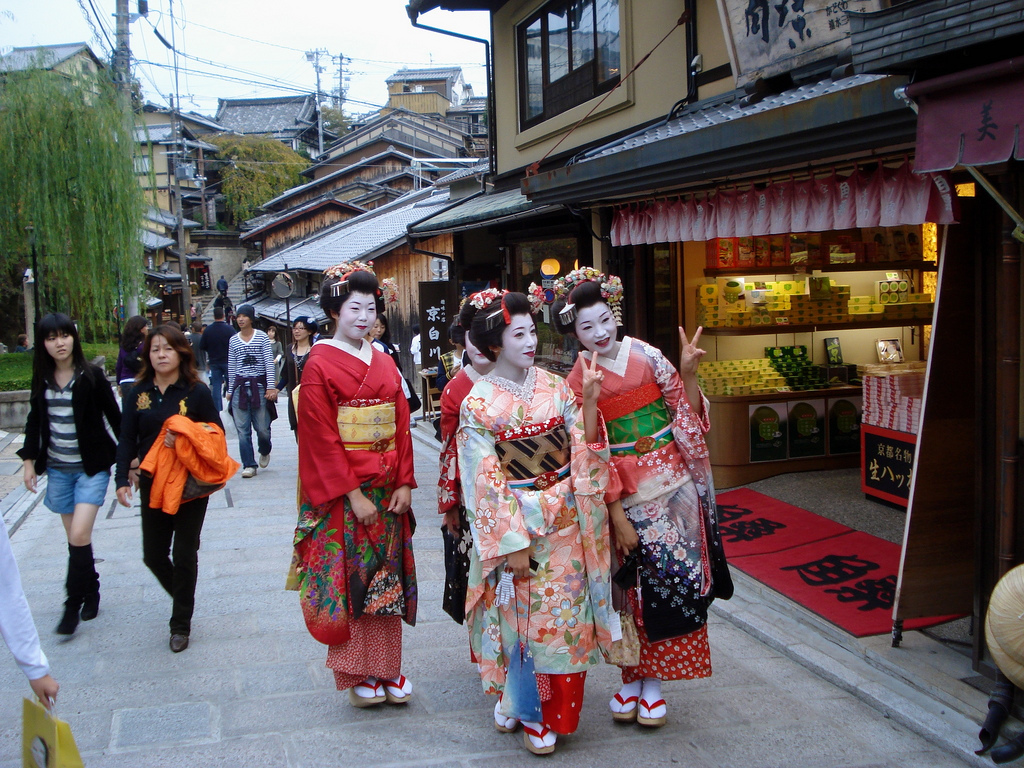an anime, manga and japanese pop culture itinerary

Japan is really hot right now. While people might have been eager to explore China and Southeast Asia a few years ago, I'm increasingly hearing people talking about a visit to Japan as one of their top-three "dream destinations."
I started looking at sample itineraries as part of my research for a couple that is eager to honeymoon in Japan, and the deeper I dig, the more I understand the fascination with that country. China, Vietnam, Thailand, and Cambodia might be generally less expensive, but Japan offers lots of experiences that can't be replicated at other destinations.
Over the holidays, we got together with our friend, Suzanne, and her twin daughters, who are teenagers in their first year of high school. We asked about Christmas presents they were especially excited about, and one of them talked about getting a course to learn Japanese. The other mentioned an anime-related gift.
"Is that the connection? You're both into anime?"
Oh, yeah. Anime, manga, Japanese pop culture, in general. I mentioned that I'd just seen an itinerary for Japan that focused on Japanese pop culture, and when I pulled it up for them and read the highlights to them, they acted as though I had hatched a golden baby unicorn out of an egg and it had started pooping candy for them.
So, in case you've got an idea that a trip to Japan is going to be all about sitting on bullet trains past Mt. Fuji, visiting ancient shrines and watching monkeys sit in a natural hot tub (not that you don't want to do those things, too), here's a sample itinerary that focuses on anime, manga and Japanese pop culture.
DAY 1: TOKYO
You arrive in Japan and are welcomed by an English speaking assistant, waiting for you with a sign with your name on it.
DAY 2: TOKYO
Today, you start off with a half day tour of Tokyo, using public transportation (which is far more efficient that sitting in traffic. Tokyo's has a comprehensive and user-friendly public transport system, and you have a local guide to help you navigate it! You start with a visit to the outside Imperial Palace, home of Japan’s Imperial Family. Asakusa, Tokyo’s old town where you experience the atmosphere of old Tokyo. After that you visit Sensoji, Tokyo’s oldest temple, then wander down the nearby shopping street, Nakamise, stopping maybe to buy a snack or a souvenir. You then take the subway across town to Meiji Shrine, dedicated to the deified spirit of Emperor Meiji and a popular place for traditional Japanese weddings. Time permitting, you can walk to the Omotesando shopping street, a broad tree lined avenue full of the flagship stores of many high-end brands.
Oh, and on the off-chance that you're a fan of MarioKart, you can do a "Super Mario" style go-kart ride in the streets of Tokyo. Banana peels, speed-burst mushrooms and koopa shells not included. You'll be given a "Super Mario Kart" team costume (included in the package), and then you're off with an expert guide to admire Tokyo from a, uh, "different" point of view. You get a go-kart for each member of your party for up to 3 hours, and you'll be zipping past Shibuya, Roppongi, and other Tokyo landmarks in a go-kart while dressed as a SuperMario character (assuming that you have a valid international driver's license, that is.
DAY 3: TOKYO
Anime (Japanese animation) and manga (comics) are just as important to Japanese culture as more traditional arts are. On your third day, a local guide will take you around to learn all about manga and anime. Your first stop is J World, an amusement park dedicated to the heroes of the Shonen Jump stories, the best-selling magazine in Japan where popular comics such as One Piece and Naruto are serialized. From there, you go to the Pokémon Centre where you can find all sorts of items related to the pocket monsters that might be battling at your local Pokégym. Then, you have the opportunity to explore three of Tokyo's centers of youth fashion and pop culture. Shibuya is Tokyo's main center for youth fashion and culture, and is home to the famous five-way "scramble crossing". Next, you go to Harajuku and Takeshita-Dori (Cat Street), which is lined with fashion boutiques, cafes, and restaurants. And, if you're interested in goth, punk or any other style, there will be a shop in Harajuku that will cater to you. Akihabara has gained recognition as the center of Japan's otaku (diehard fan) culture, and there are lots of shops and establishments devoted to anime and manga there. You end the afternoon with a cup of coffee or tea in one of Tokyo’s famous maid cafes where the waitresses dress up and act like maids.
DAY 4: TOKYO
The next day focuses on Japan’s rich art and cultural heritage. You'll start with a lesson in Iaido, a form of Japanese wordsmanship. Iaido’s emphasis is on precise, controlled, fluid motion, and is sometimes referred to as ‘moving Zen’. You practice actual cutting techniques on bamboo or straw blocks forms using real Iaido swords. After that, you get a lesson in shodo, Japanese calligraphy, learning how each stroke has a proper way to begin and end and how there is a correct order and path to follow. At the end of your day, you'll head to Shinjuku's Samurai Museum, located in a traditional Japanese building with an incredible collection of armours, swords and object that belonged to samurai warriors throughout the ages.
DAY 5: TOKYO - KYOTO
On your fifth day, you'll travel from Tokyo to Kyoto on the bullet train. Kyoto contains 17 UNESCO World Heritage Sites, and on your first day in the city,you will have the opportunity to explore two of them, as well as a local market. You'll start with a visit to one of Kyoto's most famous temples, the Kinkakuji Temple (Golden Pavillion). It was originally built as a retirement villa for the Shogun. However, after his death, it became a Buddhist Temple as per his request. The second site is the Nijo Castle, an ornamental castle surrounded by stunning gardens that were built by the founder of the Edo Shogunate as his Kyoto residence. You end the day with an exciting visit to Nishiki Market, a narrow shopping street lined with more than 100 shops, selling fresh seafood, vegetables, pickles, Japanese sweets, and sushi. This tour will end in the Nishiki area.
DAY 6: KYOTO
Today, you visit the Kyoto International Manga Museum was opened in November of 2006. It consists of three floors and a basement, and most of its walls are lined with shelves of manga. Browsing this massive collection of manga is one of the museum's main attractions. A small section of the books is dedicated to foreign and translated manga, but the vast majority is in Japanese. The museum also focuses on both the adoption and development of manga internationally. After that, you visit the nearby Railway Museum. Advanced railway technology is a source of pride for the country that invented the bullet train; you don't have to be a train fan to enjoy the huge museum, which exhibits 53 retired trains, from steam locomotives to more recent electric trains and shinkansen. You can also walk underneath and observe the inner workings of a retired freight locomotive. And visitors can perform the duties of a train conductor or drive a train simulator. Then, you'll be escorted to the Bike Terminal where, with your local guide, you'll cycle through the Miyagawacho and Gion geisha districts, hoping to see a geisha or maiko (apprentice geisha) as they dash between appointments.
DAY 7: KYOTO
Head to the airport after having had an amazing trip to Japan!
Want to take an incredible trip? Huckleberry Travel can put together the trip of a lifetime that includes tons of unique experiences you might otherwise miss. Contact us for more information about our travel consultation services.
